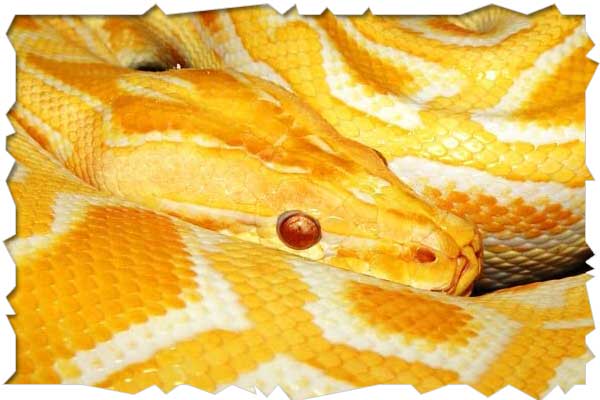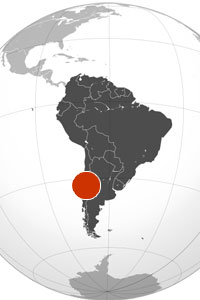|
The DC Reptiles!
1. FLASH: Burmese Python
 |
Burmese Python is the largest subspecies of the Indian Python
and one of the 6 largest snakes in the world, native to areas
of Southeast Asia. Often found near water, but
can also be arboreal.
Diet: Carnivore (meat)
Size: 12-19 feet

|
|
| INCLUDED IN ALL SHOWS |
2. HERCULINA - Snapping Turtle
 |
The common snapping turtle is noted for its combative disposition when out of the water with its powerful beak-like jaws, and highly mobile head and neck.
Diet: Omnivore (plants and meat)
Size: 12-18 inches

|
|
| INCLUDED IN ALL SHOWS |
3. FIRE - Honduran Milk Snake
 |
The Honduran milk snake is one of the larger subspecies of milk snake. Some captive specimens reaching a length of 5 feet. These milk snake are sometimes mistaken for being venomous, but they are not
Diet: Carnivore (meat)
Size: 2 - 5 feet

|
|
| INCLUDED IN ALL SHOWS |
4. SARAH - Red-Ear Slider
 |
Red-eared sliders are a mostly aquatic turtle and get their name from the small red dash around their ears.It is native to the southern United States and northern Mexico
Diet: Omnivore (plants and meat)
Size: 6-10 inches

|
|
| INCLUDED IN ALL SHOWS |
5. FRED - Bearded Dragon
 |
Members of this genus live in the arid, rocky, semi-desert regions
of Australia. They have spiny scales which can be expanded
when threatened and have the chameleon-like ability to change
color in rivalry.
Diet: Omnivore (plants and meat)
Size: 2 feet

|
|
| INCLUDED IN ALL SHOWS |
6. BLUE - Blue-tongue Skink
 |
Blue-tongues are amazing survivors of urbanization. A skink
may stay in the same backyard for years, conveniently consuming
slugs and snails and sunning itself each morning. They have a reputation for stealing dog food.
Diet: Omnivore (plants and meat)
Size: 6-24 inches

|
|
| INCLUDED IN ALL SHOWS |
7. CORNILIA - Corn Snake
 |
The Red Corn Snake subdues small prey by constriction. Their docile nature, reluctance to bite, and attractive pattern make these North American snakes very popular pets.
Diet: Carnivore (meat)
Size:3 - 6 feet

|
|
| INCLUDED IN EXPEDITION |
8. KING TUT - Uromastyx Lizard
 |
Uromastyx lizards are primarily herbivorous, but occasionally
eat insects. Their habitat spreads over northern Africa to
India and Asia.
Their spiked tail is muscular and heavy, and can be swung at
an attacker with great velocity.
Diet: Herbivorous (plants)
Size: 1-3 feet

|
|
| INCLUDED IN EXPEDITION |
9. Red-Foot tortoise
 |
Known in Brazil as Jabuti and Morrocoy in Venezuela, the Red-footed Tortoise is popular as a pet. This species is protected and may not be exported from its home country without a permit.
Diet: Omnivore (plants and meat)
Size: 12-18 inches

|
|
| INCLUDED IN GRAND SAFARI |
10. SPOT - Tegu
 |
These large, South American lizards are commonly referred to as tegus. Tegus fill the same ecological niche as monitor lizards and are an example of convergent evolution. Tegus are primarily carnivorous.
Diet: Omnivore (plants and meat)
Size: 2-5 feet

|
|
| INCLUDED IN GRAND SAFARI |
SKIPPY - Black Rat Snake
 |
The Black Rat Snake thrives in a variety of habitats. These include farmlands, hardwood forests, isolated urban wood lots and backyards that support populations of prey species.
Diet: Carnivore (meat)
Size: 36 - 72 inches

|
|
| ALTERNATE |
DOODLES - Ball Python
 |
Ball Python are a nonvenomous python species found in Africa. This is the smallest of the African pythons and curls into a ball when stressed or frightened.
Diet: Carnivore (meat)
Size: 30 inches

|
|
| ALTERNATE |
Source: Wikipedia
Reptiles in our programs are subject to substitution when necessary.
ABOUT THE REPTILES
We do not own any dangerous or venomous animals. Most of our reptiles are rescued animals that we adopted very much like pets.

|




























